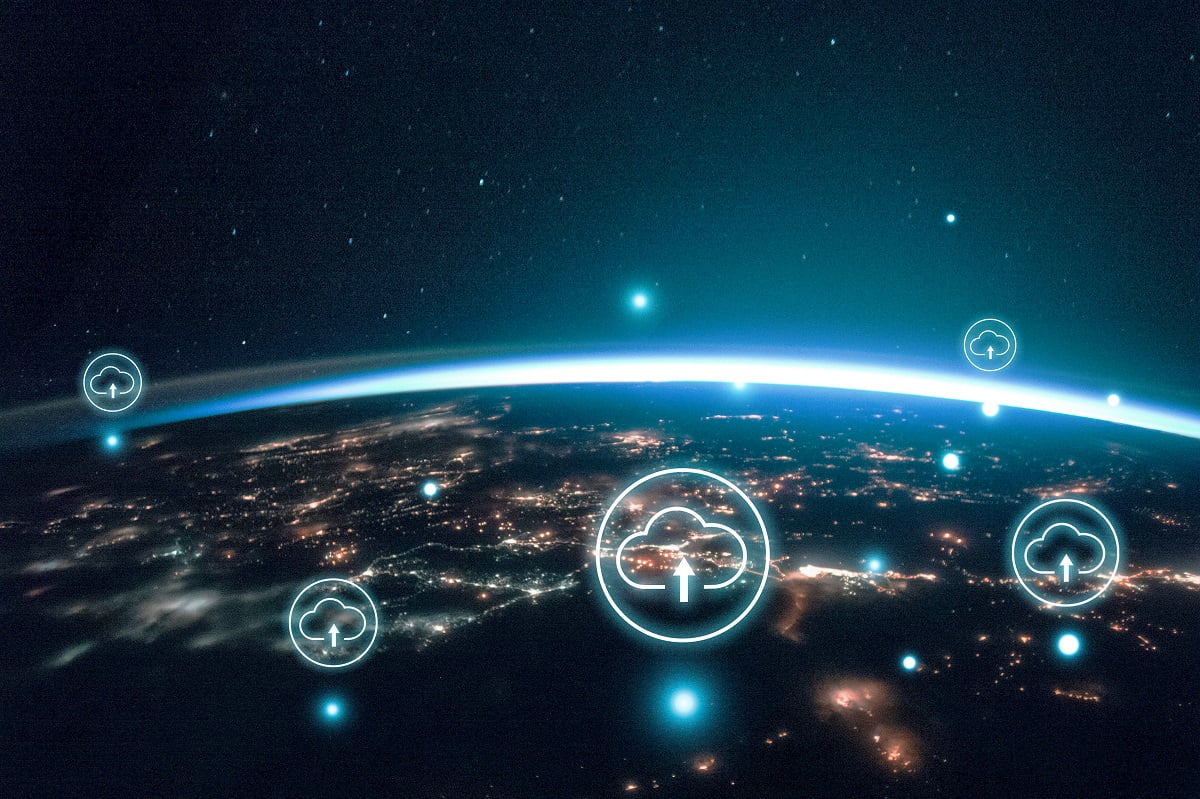Introduction:The internet has evolved significantly since its inception in the late 1960s. It has changed the way we communicate, conduct business, and access information. With the emergence of blockchain technology, we are now on the brink of a new era of the internet, known as Web 3.0. This article will explore what is it, its potential benefits, and how it will shape the future of the internet.
What is Web 3.0?
IT is also known as the decentralized web or the semantic web, is the next generation of the internet. It is a decentralized network that relies on blockchain technology to enable secure, trustless, and transparent interactions between users. It will be built on top of Web 2.0, which is the current generation of the internet that enables social networking, mobile applications, and cloud computing. The decentralized nature of Web 3.0 means that it will not be controlled by any single entity, such as a government or corporation. Instead, it will be a global network of interconnected nodes that work together to maintain the integrity of the system. This distributed architecture will make the web more resilient to censorship, surveillance, and other forms of centralized control.
Benefits of Web 3.0:
It has the potential to bring significant benefits to users, developers, and businesses. Some of the key benefits of Web 3.0 include:
Security: It is built on top of blockchain technology, which provides a high level of security and privacy. This makes it much harder for hackers to compromise the system, steal data, or conduct fraudulent activities.Trustless
Interactions: It enables trustless interactions between users, meaning that users can transact with each other without the need for intermediaries, such as banks or payment processors. This reduces transaction costs and increases the efficiency of the system.
Decentralization: It is a decentralized network that is not controlled by any single entity. This makes it more resilient to censorship and other forms of centralized control.
Transparency: It enables transparent interactions between users, meaning that users can see and verify each other's actions on the system. This promotes accountability and reduces the risk of fraud.
Web 3.0 Applications:Web 3.0 has the potential to enable a wide range of applications, including:Decentralized Finance (DeFi): DeFi is a rapidly growing sector that aims to provide financial services on a decentralized platform. With Web 3.0, users can transact with each other directly, without the need for intermediaries, such as banks or payment processors.Decentralized Social Networking: It enables users to create decentralized social networks that are not controlled by any single entity. This promotes freedom of speech and reduces the risk of censorship.Decentralized File Storage: It enables users to store files on a decentralized network, rather than on a centralized server. This reduces the risk of data breaches and ensures that data is always available.




